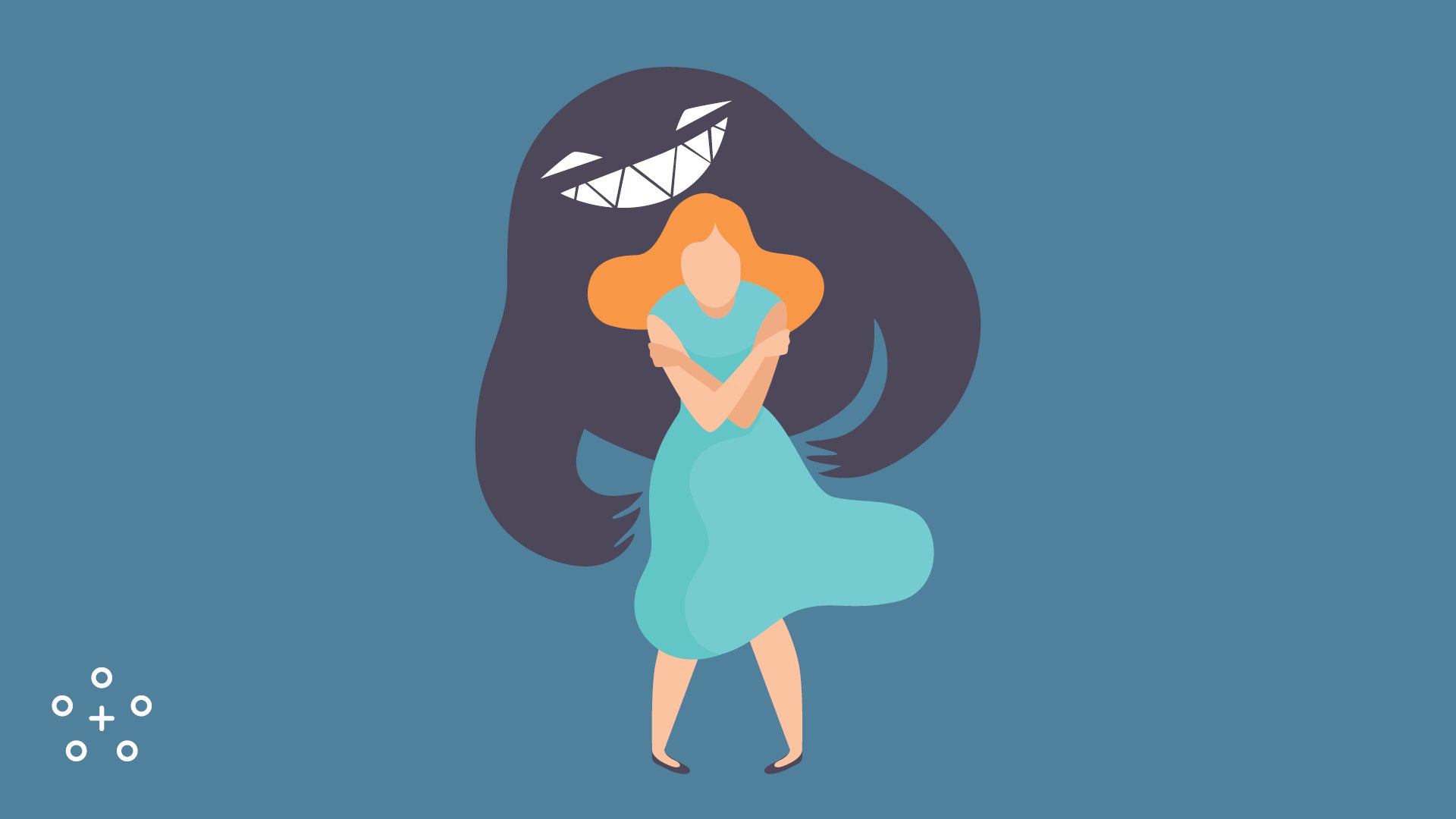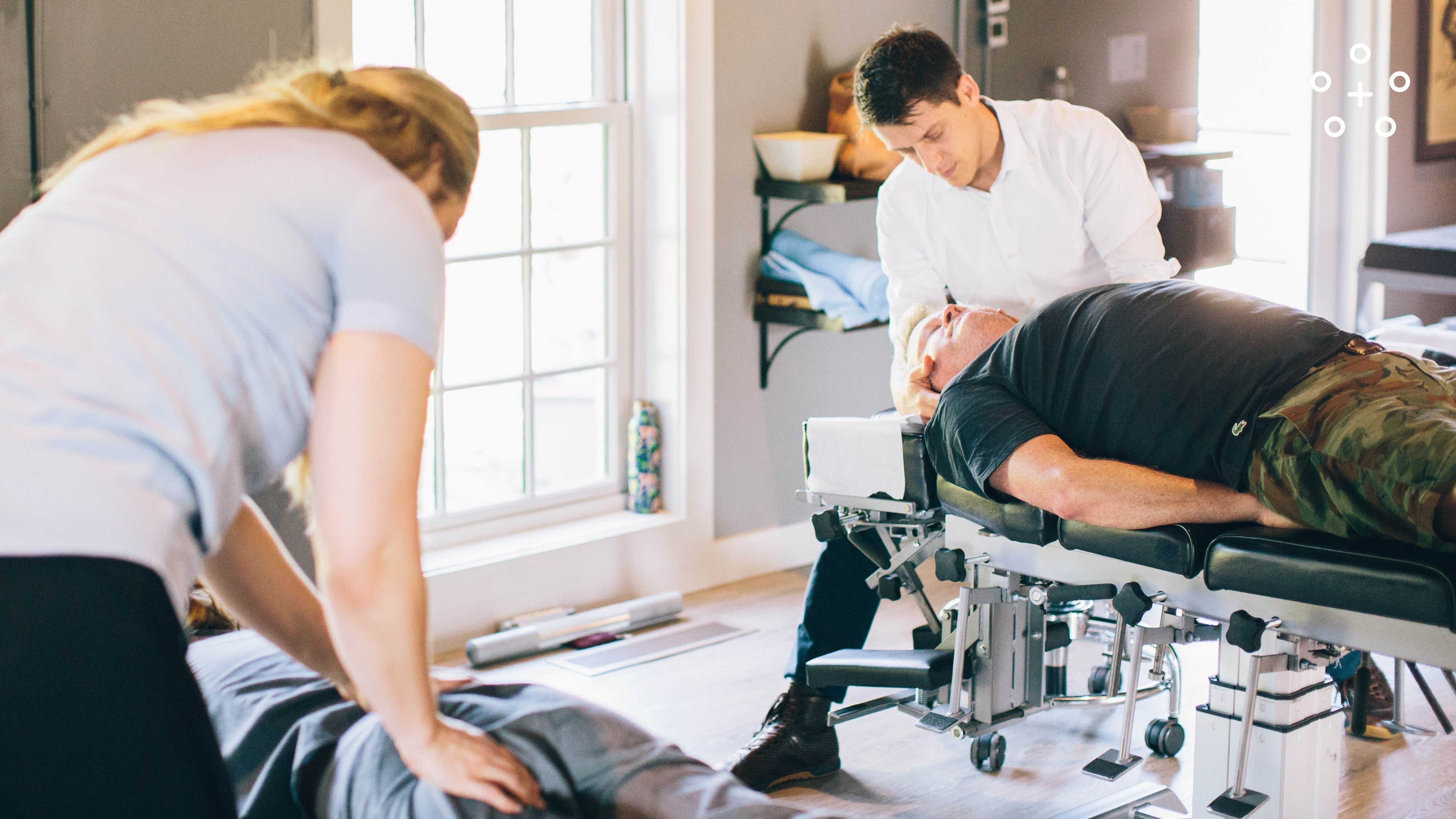Could a reflex be the key to severe anxiety and panic attacks? Possibly. A reflex found in infants could cause unwanted symptoms associated with anxiety and panic attacks. The fear paralysis reflex goes away in most babies, but for some, it stays and this can cause a lifetime of struggles with chronic phobias, severe anxiety, panic attacks, deer in headlights responses to stressors, and the inability to adapt in social and emotional situations.
This reflex is one of the many primitive reflexes meant to help get babies through their first year of life. Fear paralysis reflex develops within seven weeks in utero and should disappear just before birth. It develops to help protect the baby while in utero from “potential danger” and it supports the emotional well-being of the baby as it develops. When retained, it can cause the system to be trapped in a state of fear that causes a multitude of symptoms. The child will typically live life in a state of fear.
Like other primitive reflexes, this reflex is supposed to integrate in the child’s brain as they go from infancy to toddlerhood (fear paralysis typically goes away a few days before birth) when they are no longer needed.
Signs of a retained fear paralysis reflex:
- Respiratory arrest
- Bradycardia
- Arrhythmia
- Seizure
- High blood pressure
- Shallow difficult breathing
- Hypotonic muscle tone
- Pallor
- Sweating
- Nausea
- Hypersensitivity: touch, sound, light, vestibular, smell, and taste
To find out if you have the fear paralysis reflex you would get checked by a professional. There are specific exercises that can help integrate the reflex into your brain and reduce or eliminate the symptoms associated with it.




